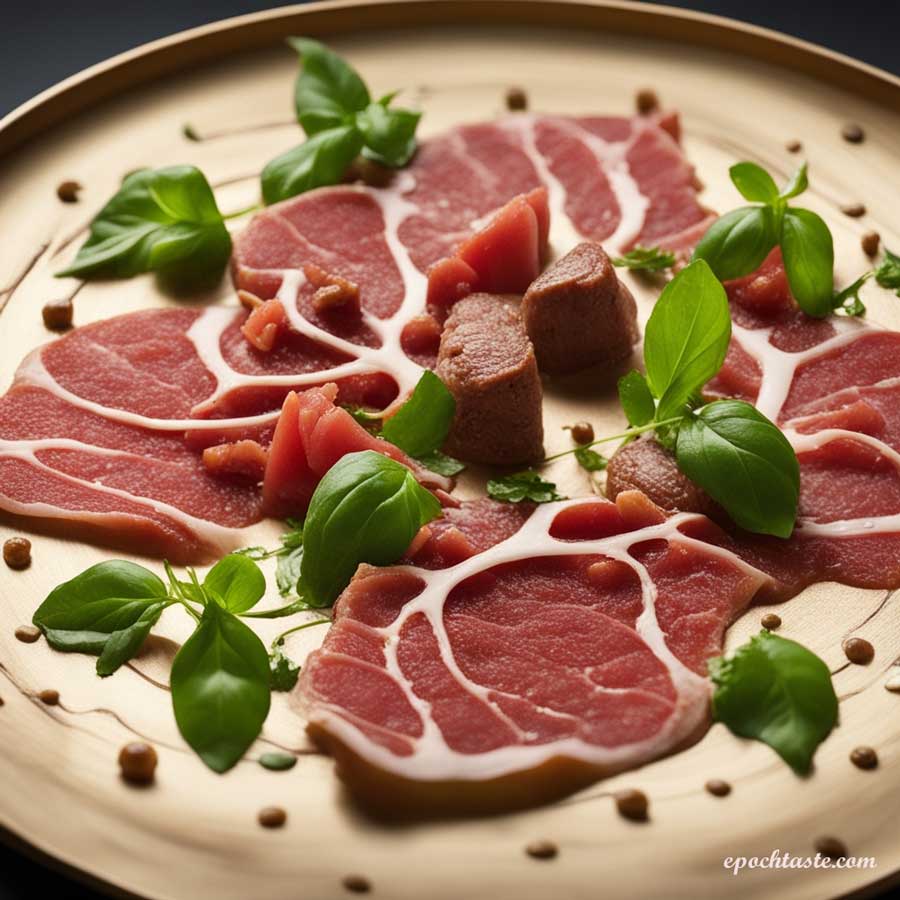MILAN—To many European ears, if not taste buds, the phrase American cuisine seems like an oxymoron.
That’s why the U.S. Pavilion at the Milan Expo 2015 world’s fair is trying to vanquish the notion that America’s culinary scene is defined by processed and fast foods. A temporary restaurant has opened in Milan’s center, hosting some of America’s most renowned and innovative chefs, and authentic food trucks have been imported from the United States to the fairgrounds, highlighting regional American flavors.
A limited European view of American food is on display in the U.S. food section of local grocery stores, where the triumvirate of peanut butter, maple syrup, and marshmallows suggest a shallow, sweet palate. Europeans give dubious credit to Americans for the hamburger, and they are downright stupefied by glasses of milk at the dinner table when they appear innocuously enough in Hollywood films.
What is lost in the stereotypes and prejudices—rooted in reality as they are—is an evolution in American cuisine over recent years, which includes a new focus on local production, artisanal food stuffs, and a revival of heirloom varieties, according to Mitchell Davis, chief creative officer for the U.S. Pavilion.
“The enthusiasm that is going on there I don’t think has gotten out,” said Davis, who is executive director of the James Beard Foundation. “It has spread across the country. It is no longer in a few pockets. I mean Louisville, Rochester, everywhere I go I am amazed at the sort of enthusiasm and passion of the local food communities. It is really remarkable.”
In an illustration of American innovation, New York City chef Mark Ladner served 100-layer lasagna to rave reviews at a recent dinner at the James Beard American Restaurant, which overlooks Milan’s marble-clad Galleria of luxury boutiques.
“We are not coming here to say, ‘This is American cuisine, take it or leave it,’ because I don’t think we know what that is yet,” Davis said. “Our openness to ideas, the fact we are not bound by tradition means we can take a piece of lasagna, fry it and tell an Italian to try this, it is something new.”
Over the six months of Expo, which ends Oct. 31, two or three American chefs will work each week at the James Beard American restaurant, offering five-course, fixed-price menus, while each Thursday Italian chefs will reinterpret American cuisine.
At the Expo site, Food Truck Nation highlights the urban food truck trend. (AP Photo/Domenico Stinellis)
Cathy Whims, executive chef and owner of Nostrana in Portland, Oregon, brought Northwest-inspired ingredients to a menu prepared in the Italian tradition of putting the focus on ingredients.
Whims’s culinary journey is exemplary of American cuisine’s evolution. After learning to cook in a French-style kitchen, she found her culinary home in Italian cuisine and spent long hours learning to simplify.
“I loved the simplicity of the food, the focus on the ingredients and letting the ingredients shine,” she said.
At the Expo site, Food Truck Nation—which includes actual food trucks shipped over—highlights the urban food truck trend, offering familiar fare like hamburgers and barbecue while also introducing Europeans to less well-known American favorites like lobster rolls and kale, for which there was no Italian translation. Organizers went with cavolo, or cabbage, which doesn’t exactly capture the unique qualities of the nutrient-rich, green leafy vegetable.
In the United States, food trucks give budding chefs a limited-cost venue to launch a concept. The concept at Expo is to reframe typical American fast food with quality ingredients and regional flavors, from the lime flavors of Lee Country, Florida, to the Cajun spices of New Orleans.
“American Food 1.0 was all about processed food made from so many ingredients you couldn’t count. Now it is about subtracting, it is about where food comes from. Simplicity is the key,” said Lauren McGrath, one of the organizers.
Michelangelo Rizzo, 18, appreciated the effort as he enjoyed a hamburger with friends at the food trucks on a class trip to the Expo one recent afternoon. But he was dubious such fare would ever become an Italian standard. “Without taking anything away, I would eat something else at home,” he said, adding: “I don’t think my parents ever tried American food.”
From The Associated Press



